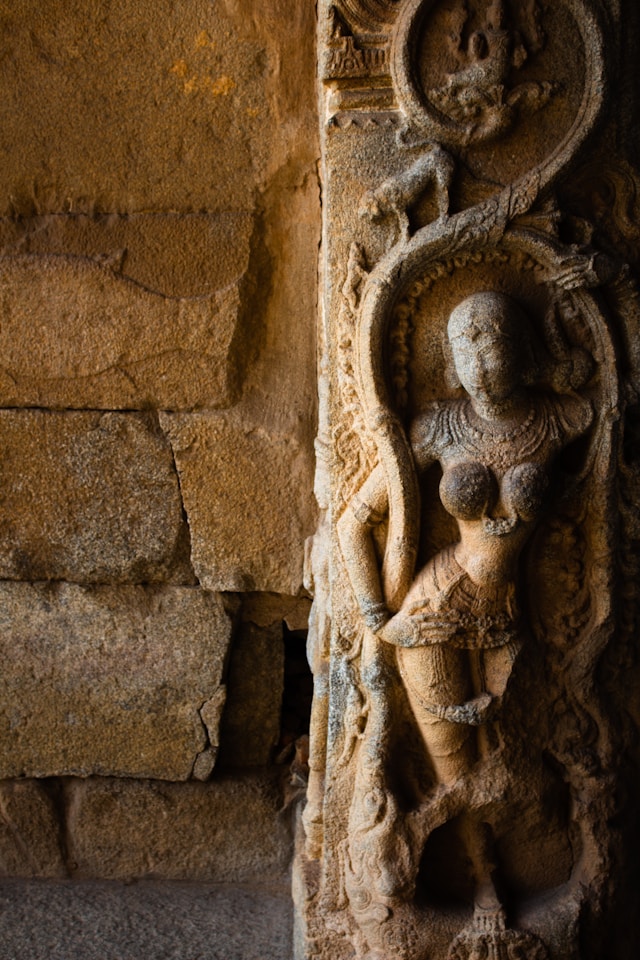

48 hours in Hampi: A Backpacker’s Guide To Explore The Ruins
The Lonely Planet describes the place as “A fantasy world of rocks and ruins”.
Are you planning to spend 48 hours in Hampi? Well, it’s more real than fantasy — a world that was once rich and grand now lies in devastating beauty. On the banks of the Tungabhadra River lies the former capital of the Vijayanagar Empire, which once had a population of millions, making it one of the largest cities during the 15th Century AD. For history lovers, Hampi will surely be a gift from the past, and for others, it’ll make you fall in love with its ancient architecture, grandeur, and hippie vibes.

How to reach Hampi?
Hampi can be covered in just 48 hours (read: over the weekend) from Bangalore. The best way to travel is to take the (overnight) Hampi Express from Bangalore, which goes to Hospet (the nearest railway station). Well, that’s how we travelled. But there are other options too.
One can take an overnight bus to Hampi from Bangalore, or else, set out for a road trip! The distance from Bangalore to Hampi is 340 km and can be easily covered within 6 to 7 hours.
Hospet offers a range of accommodation options, from budget hotels to boutique hotels. From Hospet, you can hire a car or an auto to reach Hampi, which is located approximately 17 km away.
Day 1: Exploring the ruins of Hampi
As budget travellers, we chose to travel by auto, which was considerably cheaper than hiring one. As the auto entered through the huge gate, the Stonehenge welcomed us. We were both trying to imagine how the place would have looked back in the 15th Century!
The entire complex comprises several magnificent temples with intricate architectural works, of which the Virupaksha Temple and the Vittala Temple are the most famous.
(It is advisable to opt for a guide because no matter how much information you gather from books and Google, the guides always have a spicier version of the tales. Honestly, we always prefer to be accompanied by a guide at all historical places, just to hear them out – the way they narrate the tales!)
The intricate work of art and the way life has been portrayed on the walls can never fail to leave anyone speechless. You might be an atheist, agnostic, or a believer – but the Virupaksha Temple will soothe your senses, keeping aside the thoughts and ideas you’ve encircling Gods!
Coming out of the temple complex, as we walked towards the Tungabhadra River, I could see the little wicker basket boats floating on the water. Known as Coracle, it took us to the other side of the river, where the Vittala Temple stood.
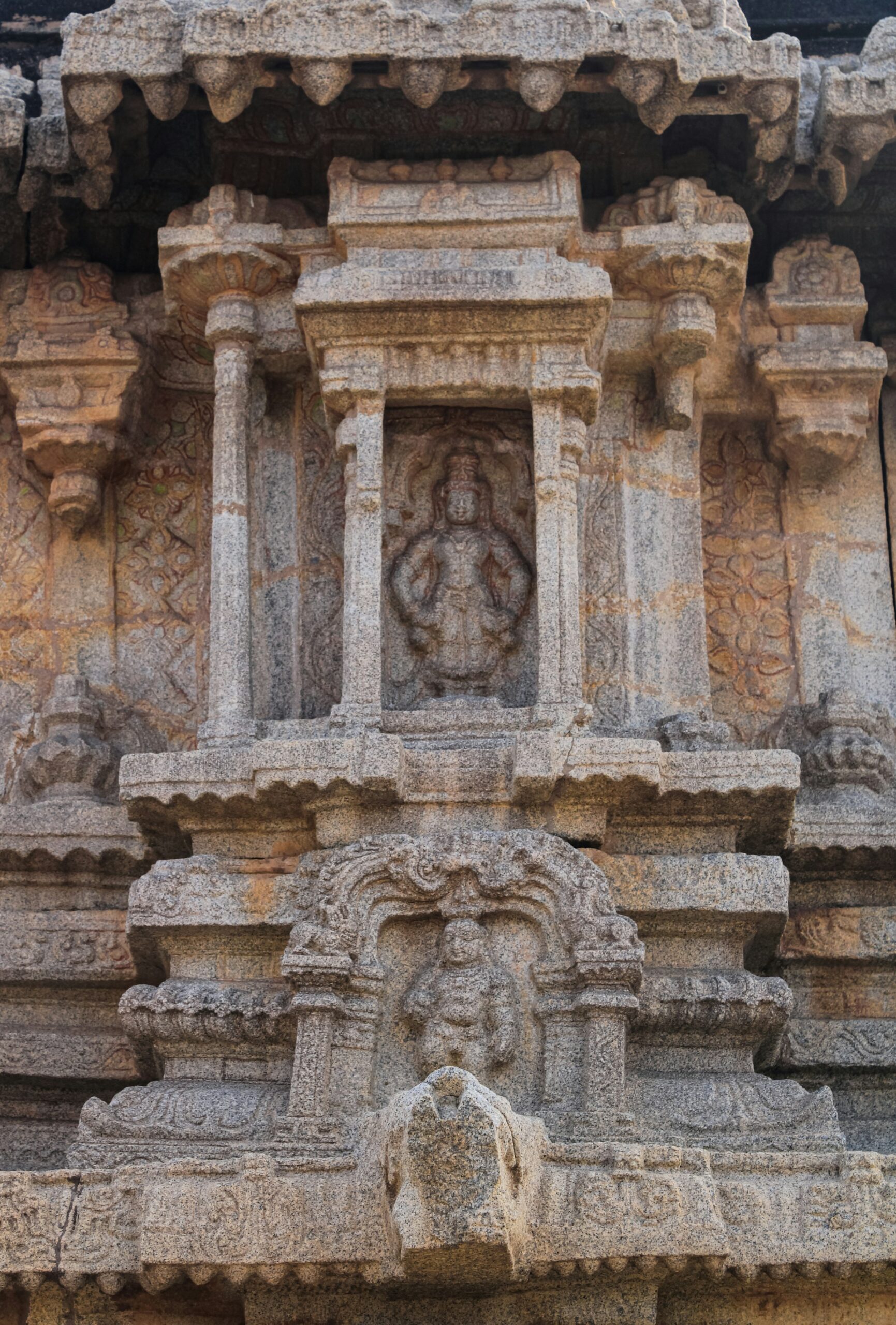
The Vittala Temple complex has several ‘mantapas’ and the massive Stone Chariot. As I gazed at the huge stone Chariot, I realised how small things appear to us when we see them in the virtual world and try to make their image in our minds. I’ve seen the picture of this chariot several times in the pages of my schoolbooks, on currency notes, and also in Google Images – but I always failed to realise its greatness and aura that portrays the taste of its makers.
Apart from the iconic stone Chariot, the temple houses magical musical pillars, and our guide entertained us by demonstrating how they work.
Our next destination was the Zenana Enclosure, where the main attraction was the Lotus Mahal. The Queen’s Bath, the Narasimha Vigraha, the Pan-Supari Bazaar, and the Shiva Temple, all immersed in water, are a few other sites of attraction that we covered. Of course, the Narasimha (an incarnation of Lord Vishnu, depicted as a half-man, half-lion, and sitting in a cross-legged position) Vigraha is the largest monolithic sculpted statue in Hampi, leaving us in awe.
The sunset at the Tungabhadra River seemed to be a perfect end to the day’s venture. It was time for us to return to the hotel and plan for the next day’s adventures!
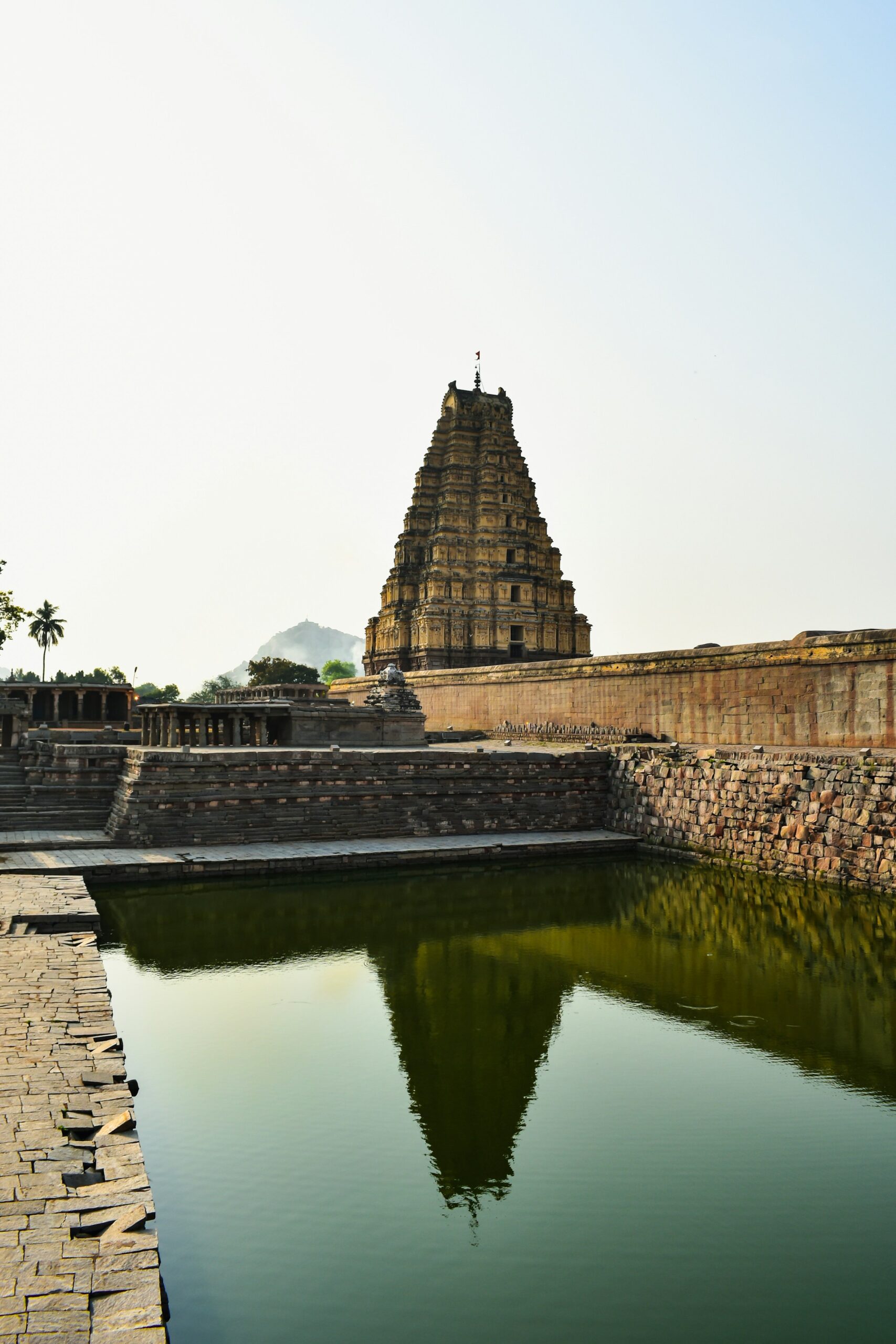
Day 2 – Exploring Kishkindha, Sanapur, and Anegundi
The plan was to delve deeper into the pages of mythology and explore Kishkindha – the Monkey Kingdom of King Sugriva, as described in the Ramayana.
The lush green fields on both sides guided us to the Anjaneya Hill, atop which stood a Hanuman Temple, where people flock to get their wishes fulfilled. The view from the top makes it worthwhile to climb up! You can see the landscape, painted with all shades of green, and soak in the beauty before walking downstairs.
At a little distance stands the huge Tungabhadra Dam, which supplies water to the nearby Kishkindha Water Park. This place has grown into a major attraction for both local people and tourists, although one shouldn’t mind skipping it.
Our next destination for the day was Sanapur!
(So, we had no idea about Sanapur until we met this fellow traveller on the train, on our way to Hospet. Jatin, a resident of Hospet, told us about this place, tucked on the other side of the river, and we made sure to visit this place! Often, people you meet on the roads can turn out to be amazing guides and later, become friends for life.)
The Hippie Town of Sanapur welcomed us with its graffiti-laden streets and pretty little cafes! It initially surprised us, because Hampi had a very old-world charm, while this place had all the hustle & bustle, with foreigners biking on the narrow lanes, or just chilling!
We headed to the Laughing Buddha Café, which turned out to be the best place to satiate our taste buds. Located on the bank of the Tungabhadra, this little café serves a diverse range of cuisine, including Israeli, Spanish, Mexican, and, of course, traditional Desi dishes.
After a hearty lunch, we took a walk around the town, taking pictures and chatting with some people who have settled in this part of town, catering to the needs of the Israeli crowd who come and live here, practice yoga, and unwind.
Anegundi was the final destination, located on the Northern banks of the river, and was a part of Kishkindha, which was ruled by the Monkey King, Sugriva, according to the Ramayana. While conducting some research, we discovered from Wikipedia that Anegundi is said to have one of the oldest plateaus on the planet, estimated to be approximately 3 billion years old. Even if one doesn’t believe in the stories of mythology, traces of the prehistoric era have been discovered by geologists, who claim that the history of this place predates that of the Vijayanagar Empire.
The Anegundi Fort, which has now turned to ruins, still stands there. Although Hampi attracts thousands of visitors each year, few people plan to visit Anegundi, and the villagers here seem quite happy and peaceful in their secluded lives.
Best Time To Visit Hampi
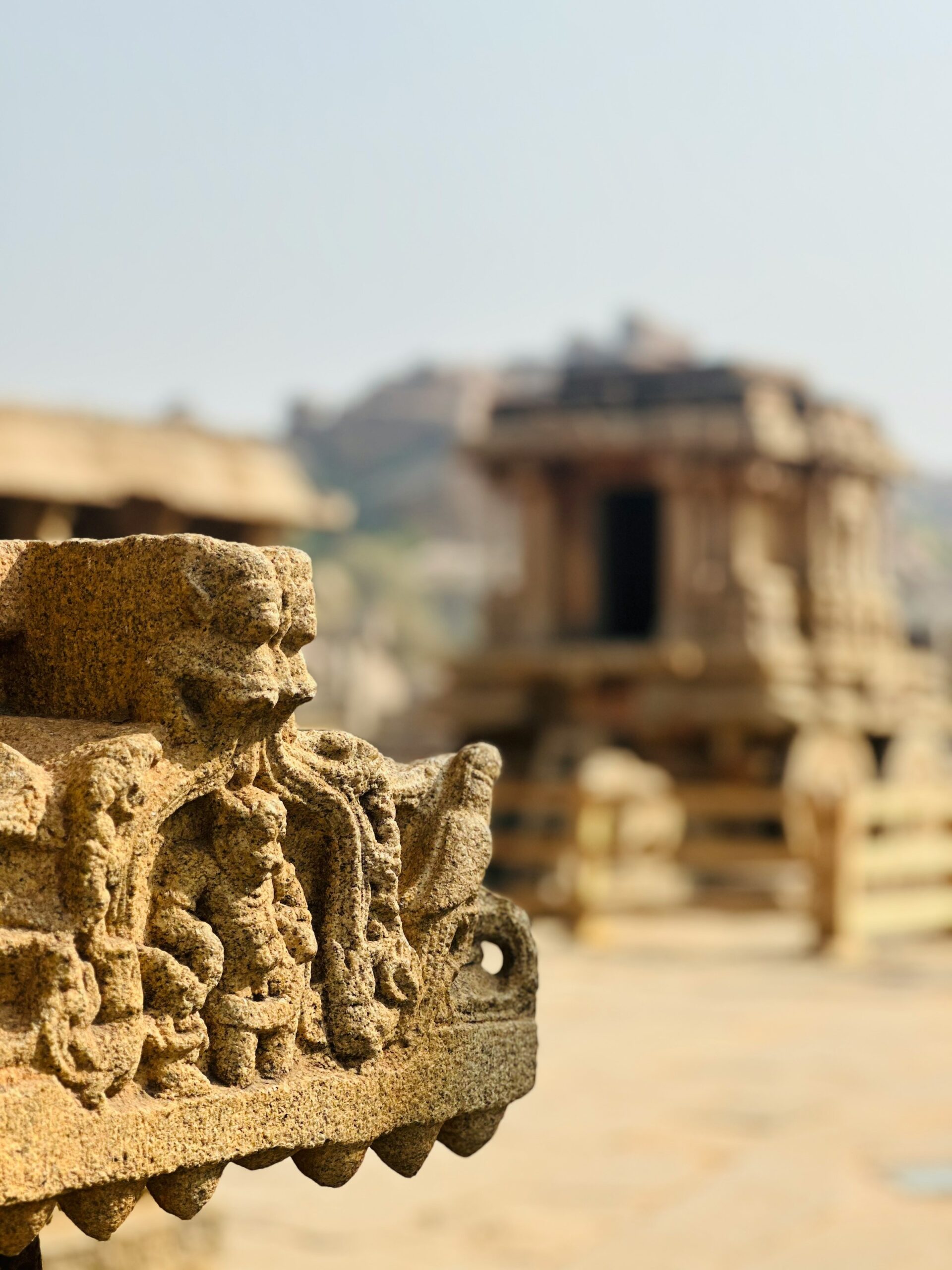
We explored Hampi during the last week of September, and it was hot and humid during the day; however, the evenings were pleasantly cool and windy. However, since it involves a lot of walking (or biking), we suggest visiting from December to March, when the temperature is low, and it’s a nice opportunity to walk through history.
Hampi greets monsoon during July & August, which is also a good time to explore. The moderate rains paint the villages with all shades of green and lower the temperature, making it comfortable for travellers to explore. However, you must be very careful while walking, as the stones & boulders become very slippery.
If you wish to participate in the Hampi Festival (also known as the Vijaya Festival), you should plan your trip for November. Be sure to check the dates before planning your trip, as they often vary from year to year.
Best Accommodation Options In Hampi
Hampi, a tourist hotspot visited by people from all around the world, offers accommodations of various kinds, ranging from shared budget dorms and hostels to mid-range hotels and luxurious resorts, which can be perfect for your staycation. We stayed at the Royal Orchid Hotel, which is in Hospet (very close to the station). It’s a decent hotel with reasonable room rates, but it’s not a resort. Hence, if you’re looking for a resort, consider a 5-star property in Hampi.
You can ‘Evolve Back’ while staying in the Orange Country Resorts, which boasts the charm of Vijayanagar and a hint of heritage, complemented by an abundance of luxury. Be prepared for a slight financial impact if you plan to stay here, but it will be an experience to cherish for a long time. In addition to that, 5-star hotels like Hyatt and Clarks Inn also have excellent properties in Hampi, which can be booked through Booking.com, making them ideal for those who are particularly discerning about their stay.
There are also some guesthouses around Sanapur, known as Hippie Town, for those who want to immerse themselves in the region’s culture and spend more time, indulge in Israeli cuisine, and learn about the place’s history.
Some Off-Beat Things To Do: 48 Hours in Hampi
Biking in Hampi – Yeah, you can rent a bike/scooter/ cycle for a day, and explore the temple on your own. It’ll be nice to go at your own pace, clicking pictures of the ruins in Hampi, the graffiti-laden streets of Sanapur, and the lush green field of Kishkindha. While we mostly spotted foreigners biking there, Indians usually opted to hire an auto or a car; however, we guess that biking would surely have been more fun! We’re gonna try that the next time we visit Hampi.
Bouldering in Hampi – Although we didn’t try it, Hampi is quite famous for bouldering! It is said that these boulders on the banks of the Tungabhadra River are age-old, and they are placed in such a manner that it feels like someone has arranged them thoughtfully! Some of the most famous bouldering sites in Hampi are Hemakuta Hill, Matanga Hill, etc, and you can find some Rock Climbing centres as well, where there are people to guide you for such stunts!
Cliff Jumping in Hampi – So when you climb a boulder on the banks, you can jump into the water from there as well! While it might sound scary to some, others will surely feel the adrenaline rush thinking of experiencing such a thing. Sanapur Lake is also quite popular among foreigners, who mostly try cliff jumping there. However, we’d advise you to ensure your safety before attempting any such activity.
Coracle Ride in Hampi – As we mentioned earlier, this is a unique experience not to be missed. Ride on the circular wicker baskets that serve as a boat on the Tungabhadra River, and float as you soak in the views of the ruins on both sides of the river. You may opt to stop and hop off at places, and then continue with the ride again!
Before concluding, we would like to take this opportunity to say that Hampi surely deserves to be explored, as it is a storehouse of incredible artwork and embodies the richness of the Vijayanagar Empire. If you’ve visited Hampi and had a unique experience, we’d love to hear your story too.
(Disclaimer: This post contains a few affiliate links. If you happen to click on any of them and make a purchase, I might earn a small commission, at no extra cost to you. Just know that I truly appreciate your support if you choose to do so.)

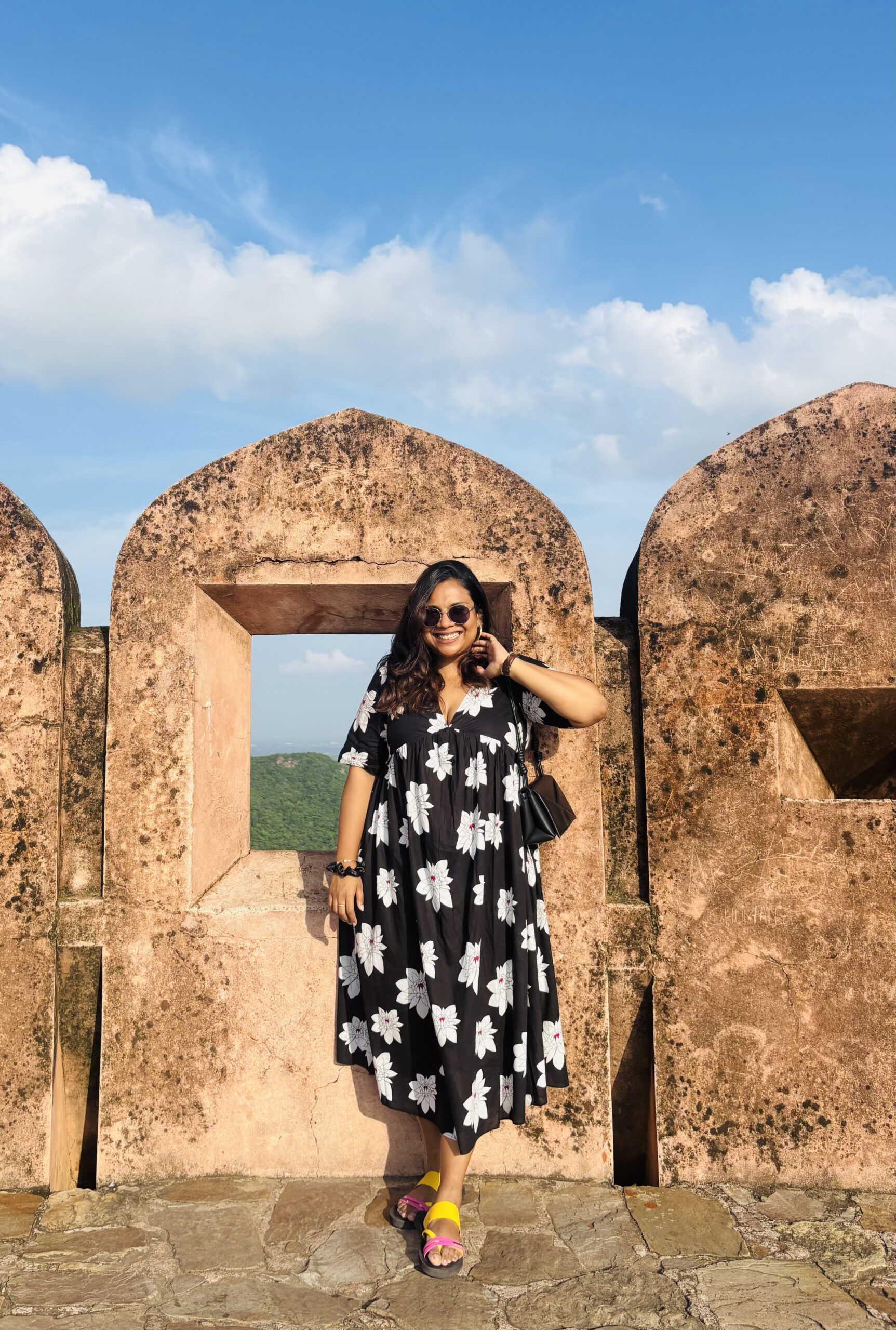



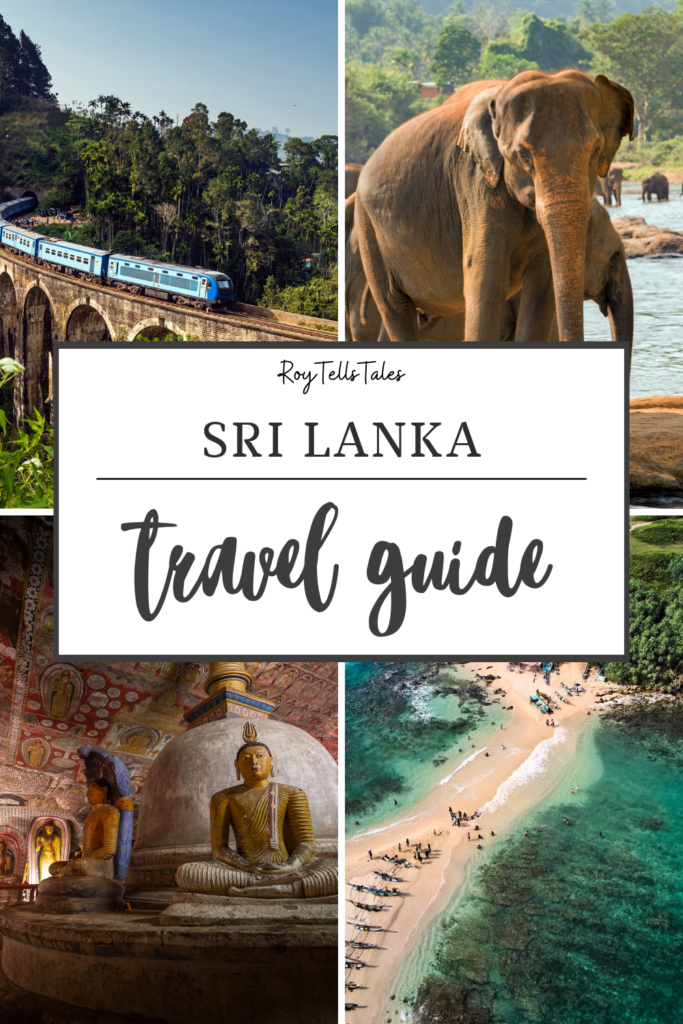

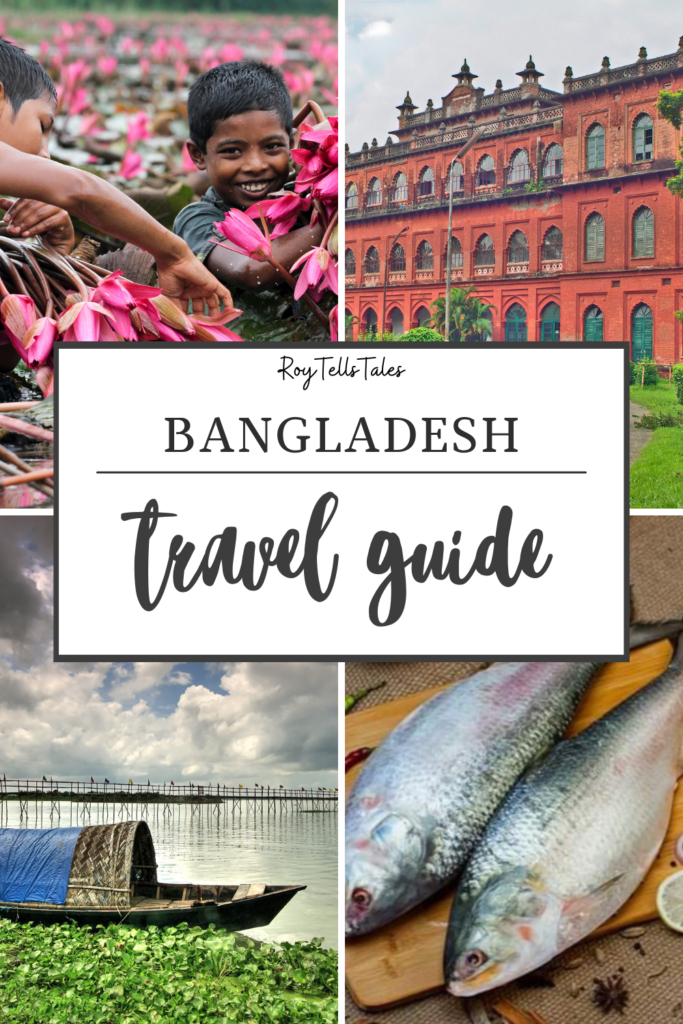
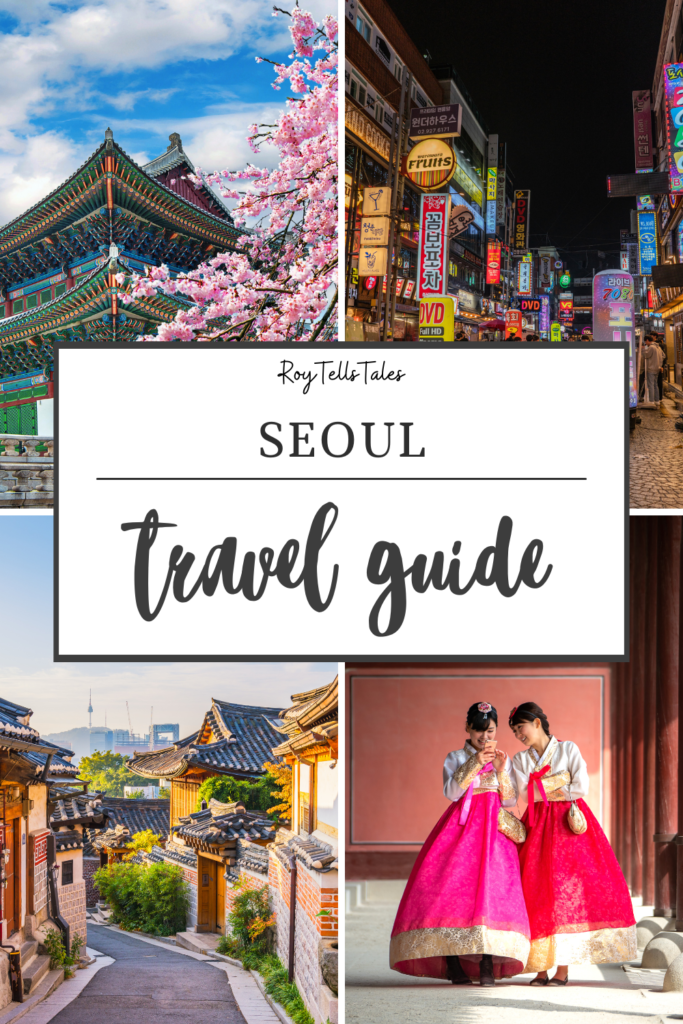








Impressive writing. You have the power to keep the reader occupied with your quality content and style of writing. I encourage you to write more.
Thanks for share this greate article , hope to see more from you . please keep going .
Thank you for writing this article, this will surely help the new travelers who wants to explore Hampi
I went there in 2011 and enjoyed a lot. It seems that you completely missed the other part of TB river, which has amazing hut houses as accomodation, senic beauty of TB river, Kishkindha Mountain, birthplace of Hanuman ji, Pampa Sarovar and many other places within 3 KMs of TB river.
Hey Nikhil, Thanks for commenting. Well, I surely did miss that part I think. Would love to cover it the next time I go 🙂
The content is very well written. I visited this place in 2021 and had a very beautiful experience. This article will surely help the travelers who are planning to explore this wonderful destination and thank you for sharing this great content with us.